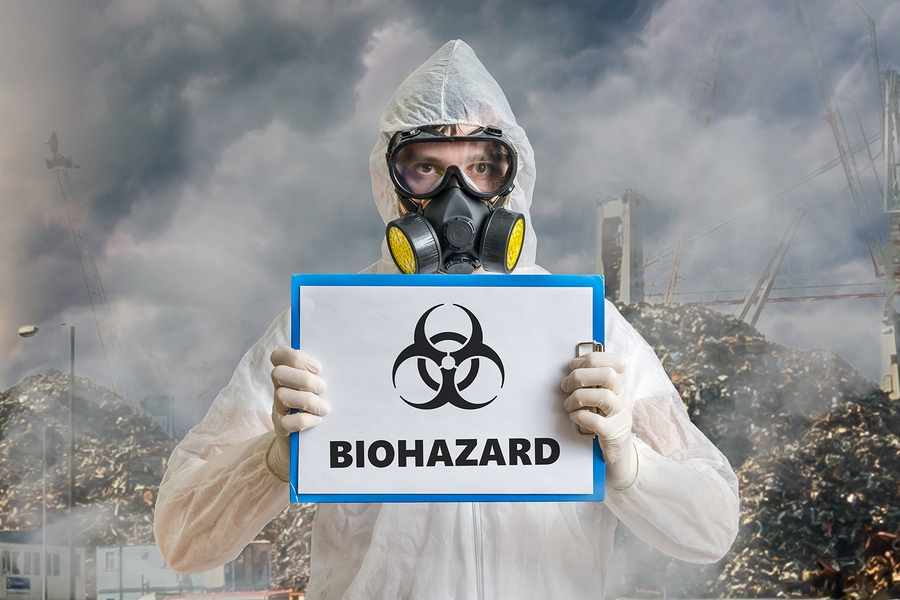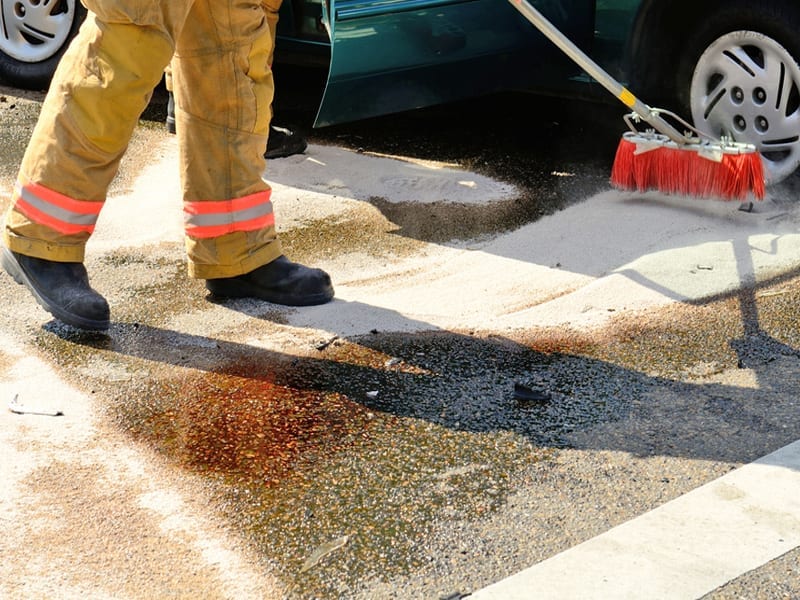Specialist Blood Cleanup: Making Sure Safe and Thorough Purification
Specialist Blood Cleanup: Making Sure Safe and Thorough Purification
Blog Article
Professional Biohazard Cleaning and Purification for Blood, Bodily Fluids, and Hazardous Products
The prospective health threats associated with direct exposure to biohazards highlight the important demand for careful handling and comprehensive cleaning. As we browse the complex landscape of biohazard cleaning, comprehending the nuances of regulations, compliance, and the specific devices at play comes to be imperative in making sure a thorough and safe purification process.
Wellness Risks of Biohazard Direct Exposure
Exposure to biohazards poses significant health and wellness risks that can result in extreme repercussions for areas and individuals alike. Biohazards include a vast range of organic materials, consisting of blood, physical fluids, mold, bacteria, viruses, and other possibly infectious products. When individuals enter contact with these biohazards, whether through crashes, improper handling, or environmental direct exposure, they deal with the risk of contracting significant ailments or diseases.
One of the key health and wellness risks related to biohazard exposure is the transmission of infectious conditions. Bloodborne microorganisms such as HIV, liver disease B and C, and different bacteria can be existing in biohazardous products, posturing a direct hazard to human health and wellness. Breathing in airborne biohazards like mold and mildew spores or entering call with contaminated surfaces can also result in breathing issues, allergies, and other adverse health impacts.
In addition, biohazard exposure can have long-lasting health effects, with some diseases manifesting years after the preliminary call (Blood Cleanup). For that reason, it is essential to prioritize appropriate biohazard cleaning and decontamination to alleviate these health and wellness dangers and make sure the safety and security of people and areas

Specialized Educating for Biohazard Cleaning
When it involves managing biohazard clean-up successfully and securely, specialized training plays an essential role in making certain appropriate decontamination procedures are complied with. Biohazard cleanup calls for details expertise and skills to successfully minimize threats related to bloodborne microorganisms, bodily fluids, and harmful products. Professionals educated in biohazard cleaning undergo extensive guideline on just how to securely deal with, eliminate, and dispose of biohazardous products to stop contamination and direct exposure.
Specialized training for biohazard cleanup covers a series of important subjects, consisting of correct personal protective equipment (PPE) use, bloodborne pathogen recognition, decontamination methods, and harmful waste disposal methods. People learnt biohazard clean-up are equipped with the needed experience to evaluate contamination levels, recognize possible risks, and apply appropriate cleaning treatments in conformity with regulatory criteria.
Constant training and education and learning are critical in the field of biohazard cleanup to stay updated on the most recent decontamination technologies, safety and security methods, and laws. By investing in specialized training, biohazard clean-up experts can successfully reply to emergency situation cleaning circumstances and secure both public wellness and the environment.
Value of Appropriate Decontamination Strategies
Utilizing proper decontamination methods is important in biohazard cleaning to efficiently decrease and get rid of hazardous materials health risks. Reliable decontamination not just makes certain the elimination of visible traces of blood, bodily liquids, and various other biohazards yet also targets undetectable virus that might position significant health and wellness risks otherwise effectively eradicated. By adhering to strict decontamination methods, trained professionals can considerably reduce the danger of direct exposure to unsafe microbes, infections, and bacteria that might lead to infections or diseases.
Proper decontamination methods include the usage of specialized tools and anti-bacterials that are particularly created to counteract biohazards properly. Extensive cleansing and disinfection of contaminated areas are vital to stop the spread of microorganisms and ensure a safe setting for occupants. Additionally, the proper disposal of biohazardous waste complying with decontamination procedures is crucial in preventing contamination of various other surface areas or individuals.

Tools and Tools for Safe Clean-up
When dealing with blood, bodily liquids, or harmful products, biohazard cleaning professionals depend on specialized equipment to minimize direct exposure risks and thoroughly decontaminate the afflicted location. Additionally, biohazard cleaning sets having disinfectants, absorbent products, and biohazard bags are used to securely get rid of and include of infected items.
Advanced cleansing tools like hospital-grade anti-bacterials, HEPA-filtered vacuums, and fogging equipments are used to sanitize surface areas and get rid of biohazards effectively. Specialized devices such as sharps containers and biohazard waste disposal bins are used to safely handle sharp objects and biohazardous waste materials. By making use of the right devices and tools, biohazard cleansing experts can make sure an extensive clean-up process that focuses on safety and security and minimizes wellness risks for both workers and passengers of the affected room.
Regulations and Conformity in Biohazard Cleaning
Appropriate adherence to regulations and conformity standards is paramount in biohazard cleaning to guarantee the safety of both osha blood clean up regulations personnel and the atmosphere. Government companies such as OSHA (Occupational Security and Health And image source Wellness Administration) and the EPA (Epa) have developed particular standards for biohazard cleanup procedures to lessen health risks and environmental contamination. These guidelines cover a range of elements consisting of the handling, transport, and disposal of biohazardous materials, as well as the required training and safety tools needed for employees included in the cleanup process.
Biohazard cleaning firms need to stay updated with these regulations to assure that their procedures satisfy the required safety and security criteria. Failure to abide with these guidelines can cause extreme effects, consisting of penalties, lawful activity, and jeopardizing the wellness of individuals and the environment. By adhering to rigorous regulations and compliance procedures, biohazard cleansing business can properly alleviate threats and guarantee a secure and thorough clean-up process for all parties involved.
Conclusion
To conclude, biohazard cleaning and purification call for customized training, correct techniques, and adherence to regulations. Direct exposure to blood, physical liquids, and unsafe materials positions significant wellness risks, making it important to make use of the right tools and tools for safe cleanup. By adhering to stringent procedures and standards, experts can properly alleviate the risks related to biohazard exposure and ensure the security of both themselves and others.
As we navigate the detailed landscape of biohazard cleaning, comprehending the subtleties of laws, conformity, and the specific equipment at play becomes essential in making sure a risk-free and complete purification procedure. (Blood Cleanup)
When it comes to taking care of biohazard cleaning effectively and securely, specialized training plays how to clean up blood spill a basic function in ensuring proper purification procedures are followed.Making use of proper decontamination strategies is important in biohazard clean-up to efficiently eliminate harmful materials and reduce health and wellness threats. Additionally, biohazard cleaning sets containing anti-bacterials, absorptive materials, and biohazard bags are utilized to safely get rid of and consist of of contaminated things.
Federal government companies such as OSHA (Occupational Safety And Security and Health Administration) and the EPA (Environmental Security Company) have actually established particular standards for biohazard clean-up procedures to decrease wellness risks and ecological contamination.
Report this page